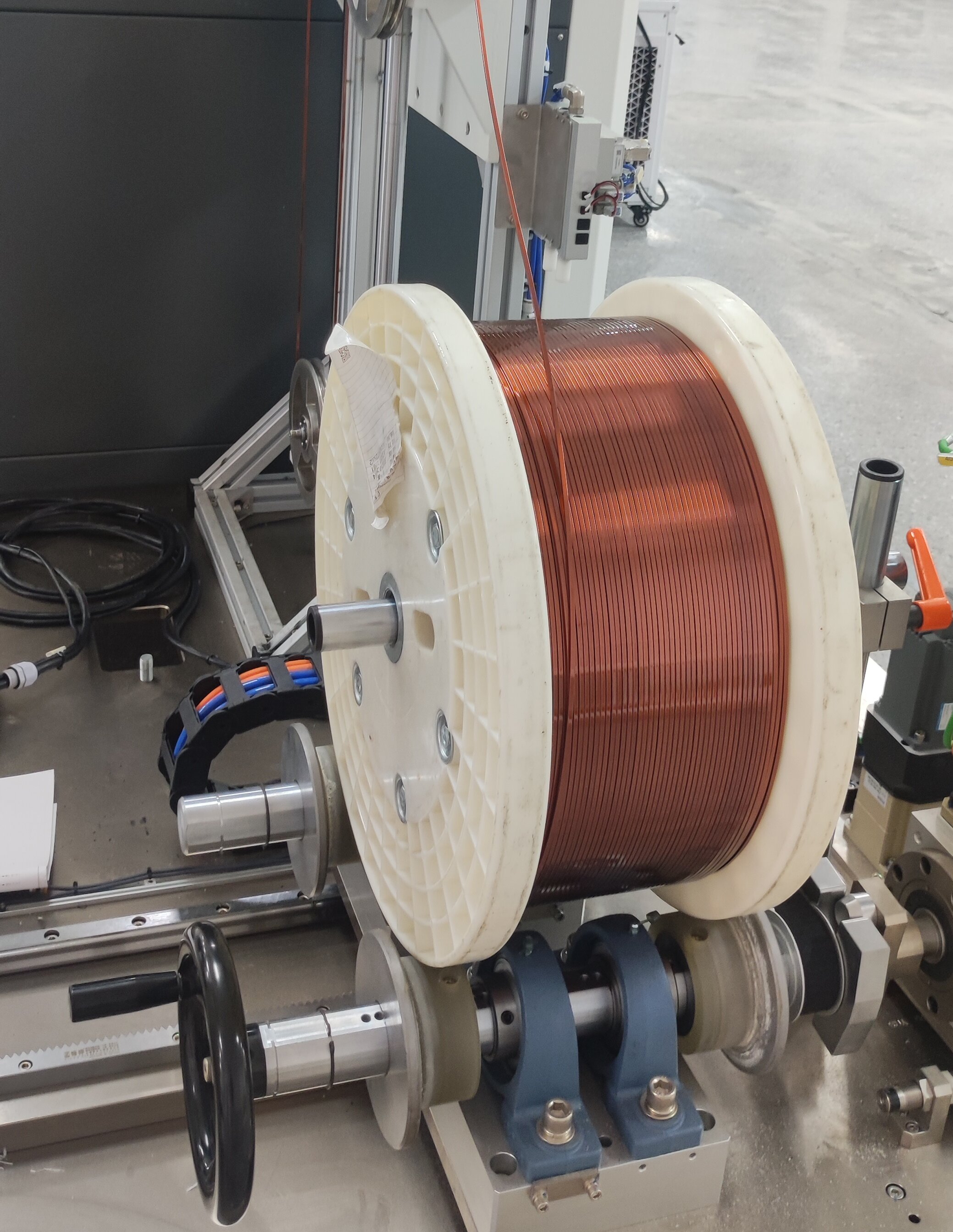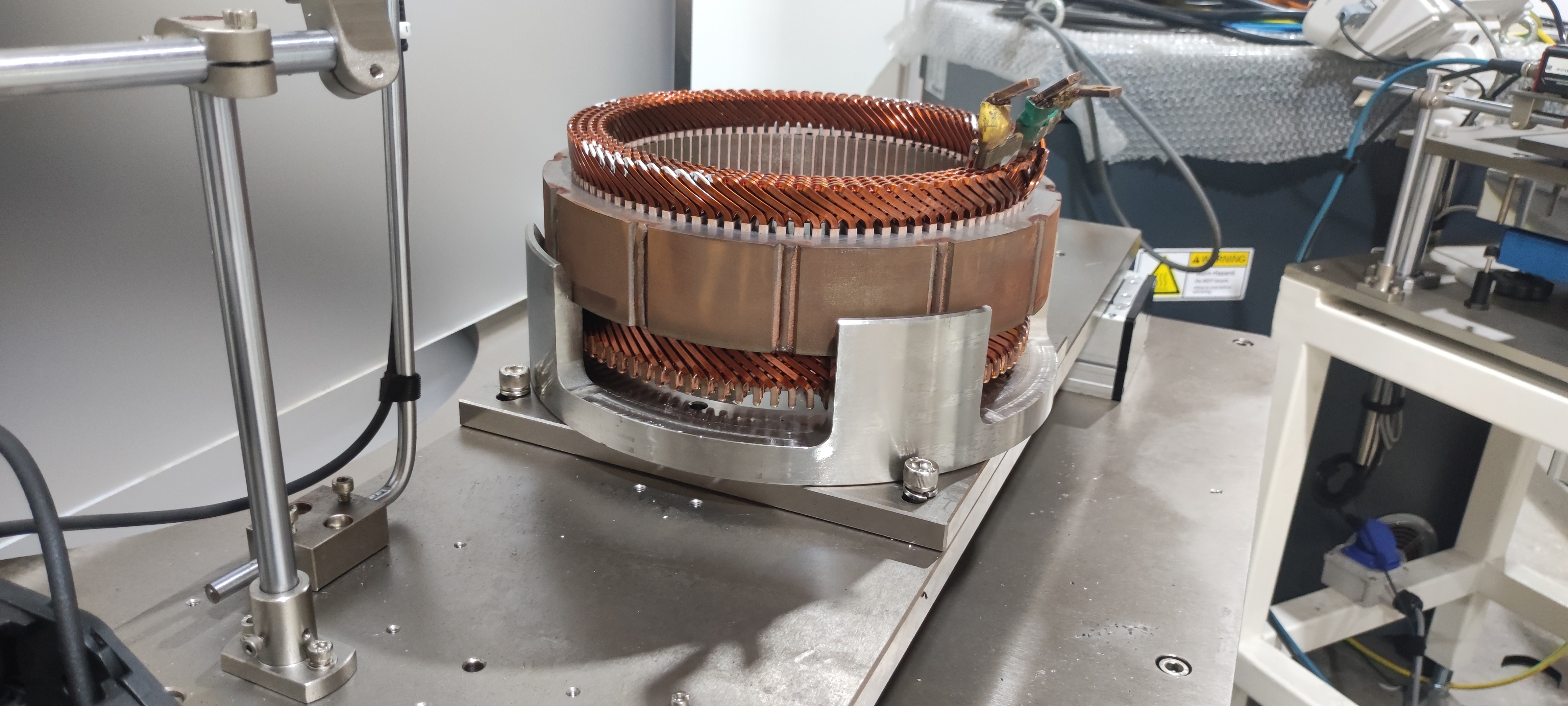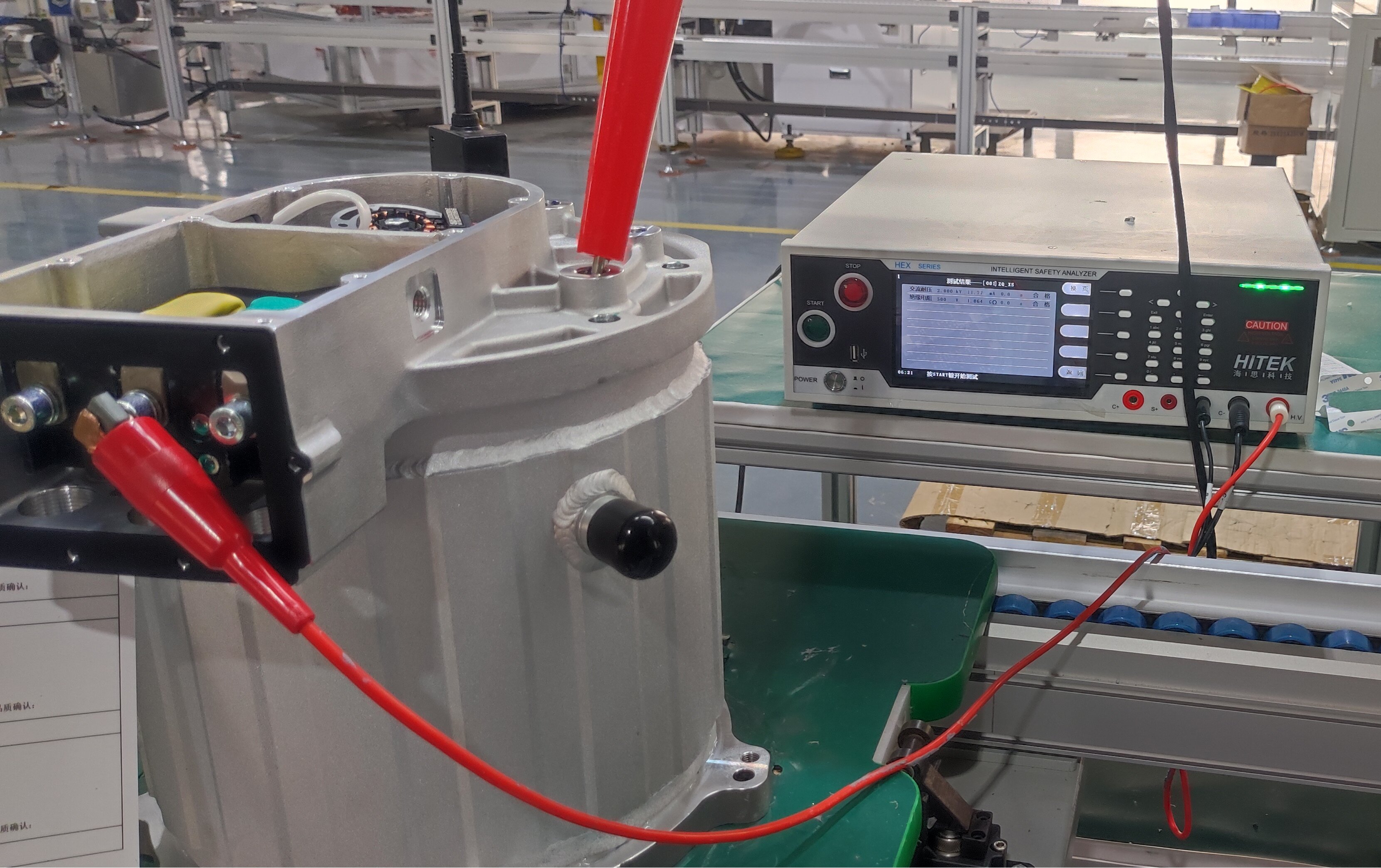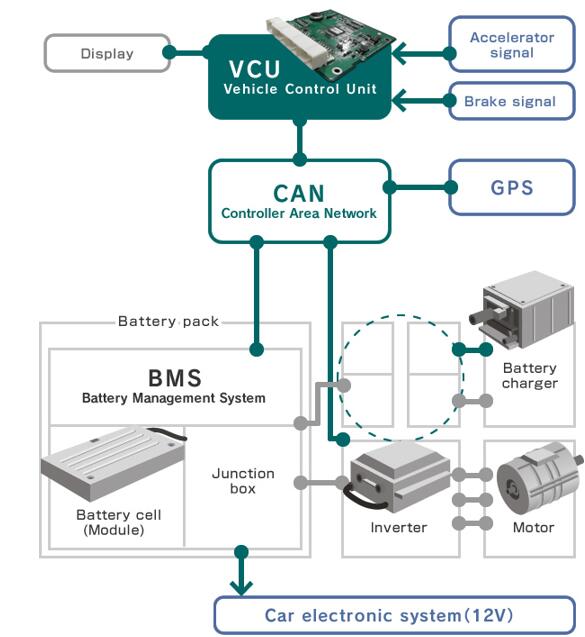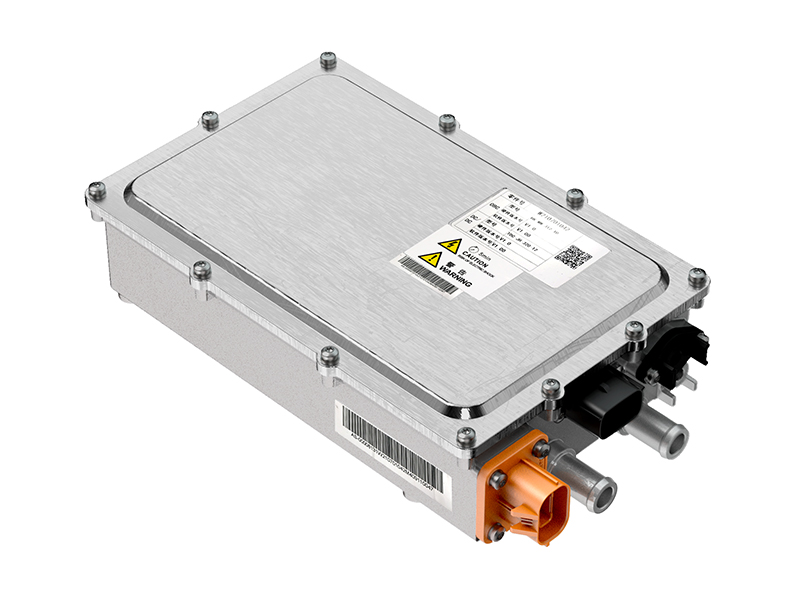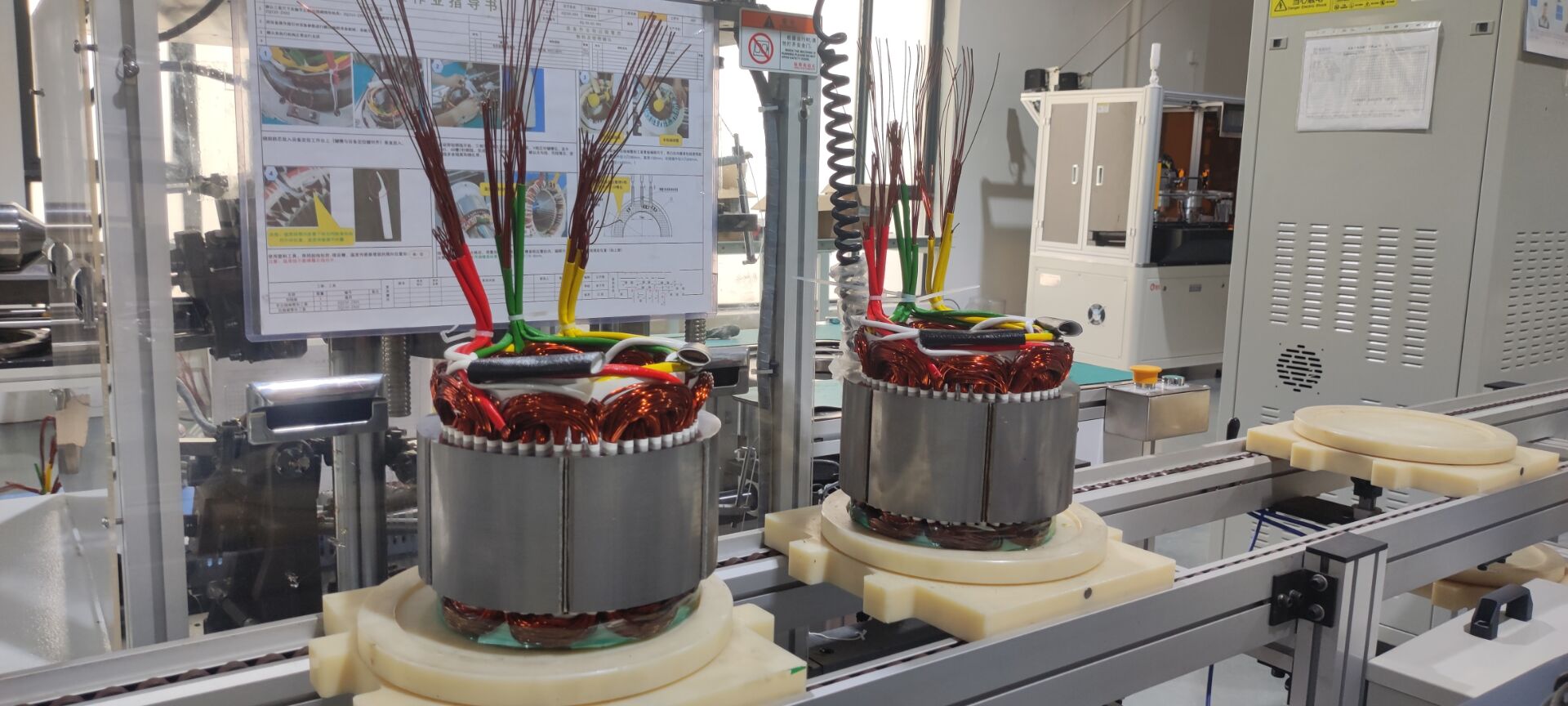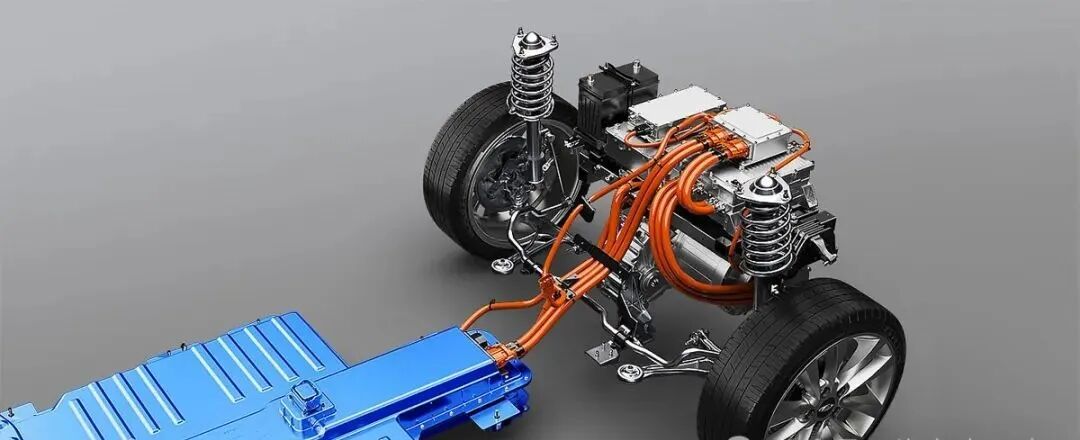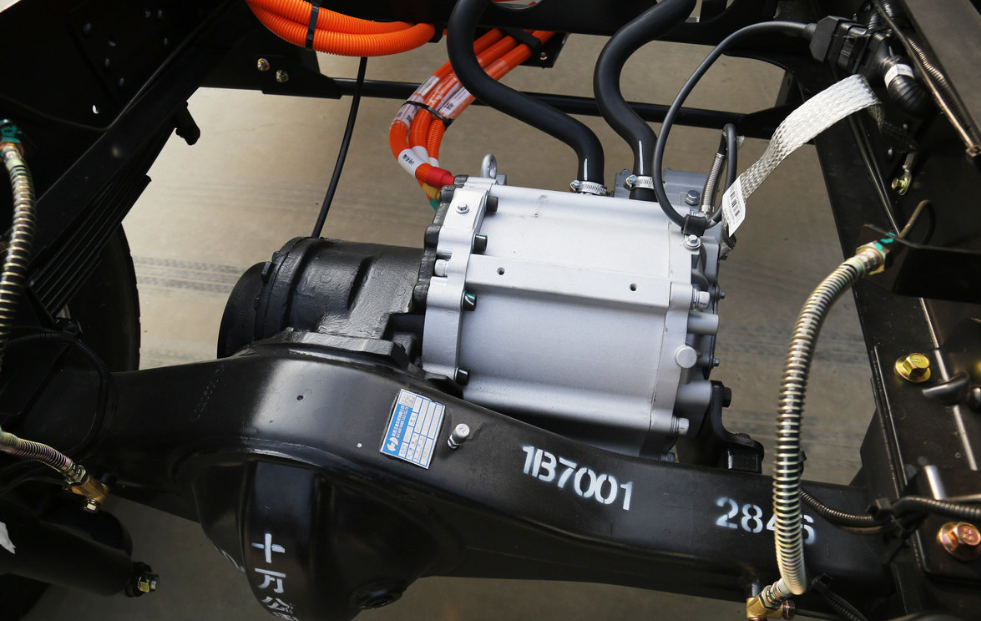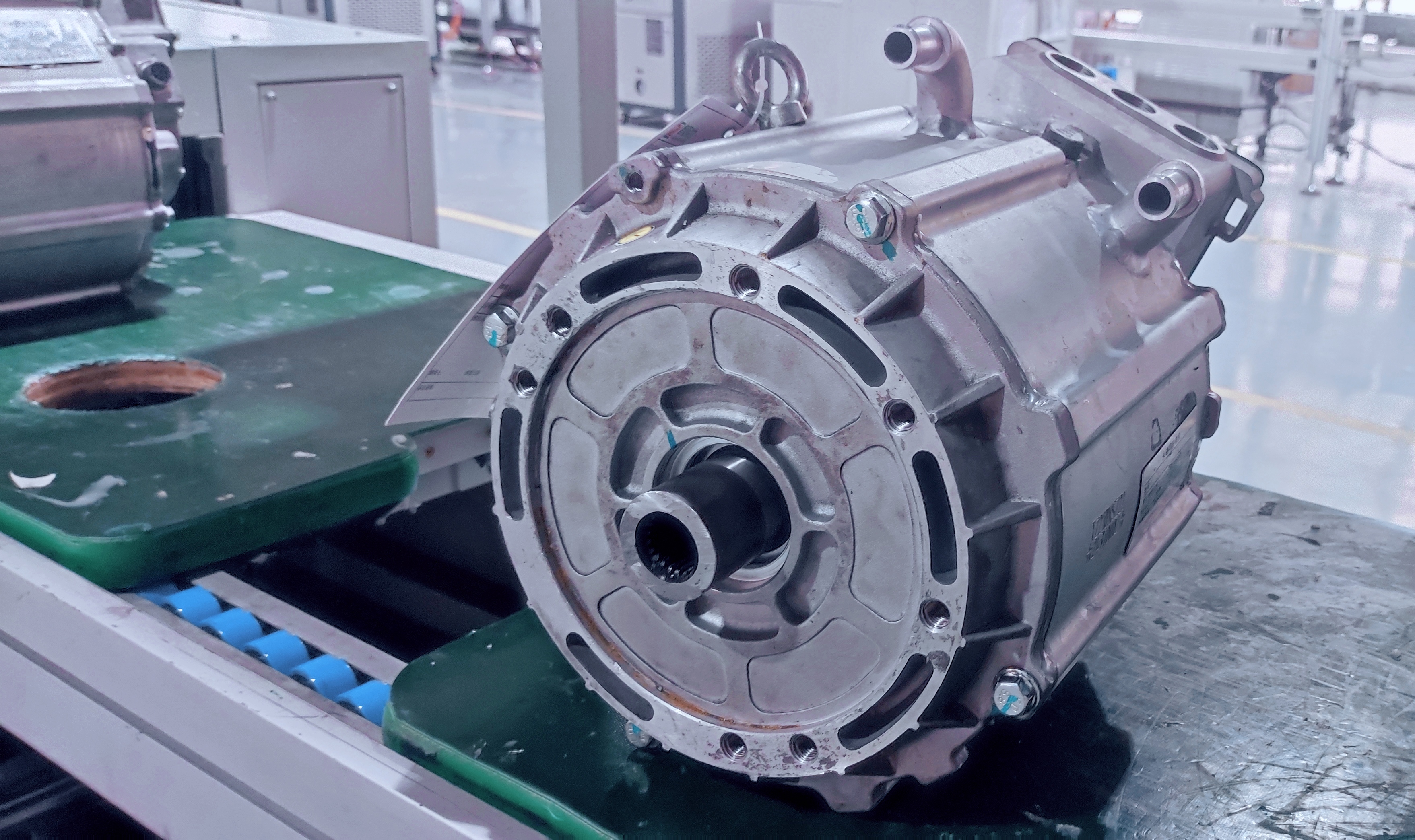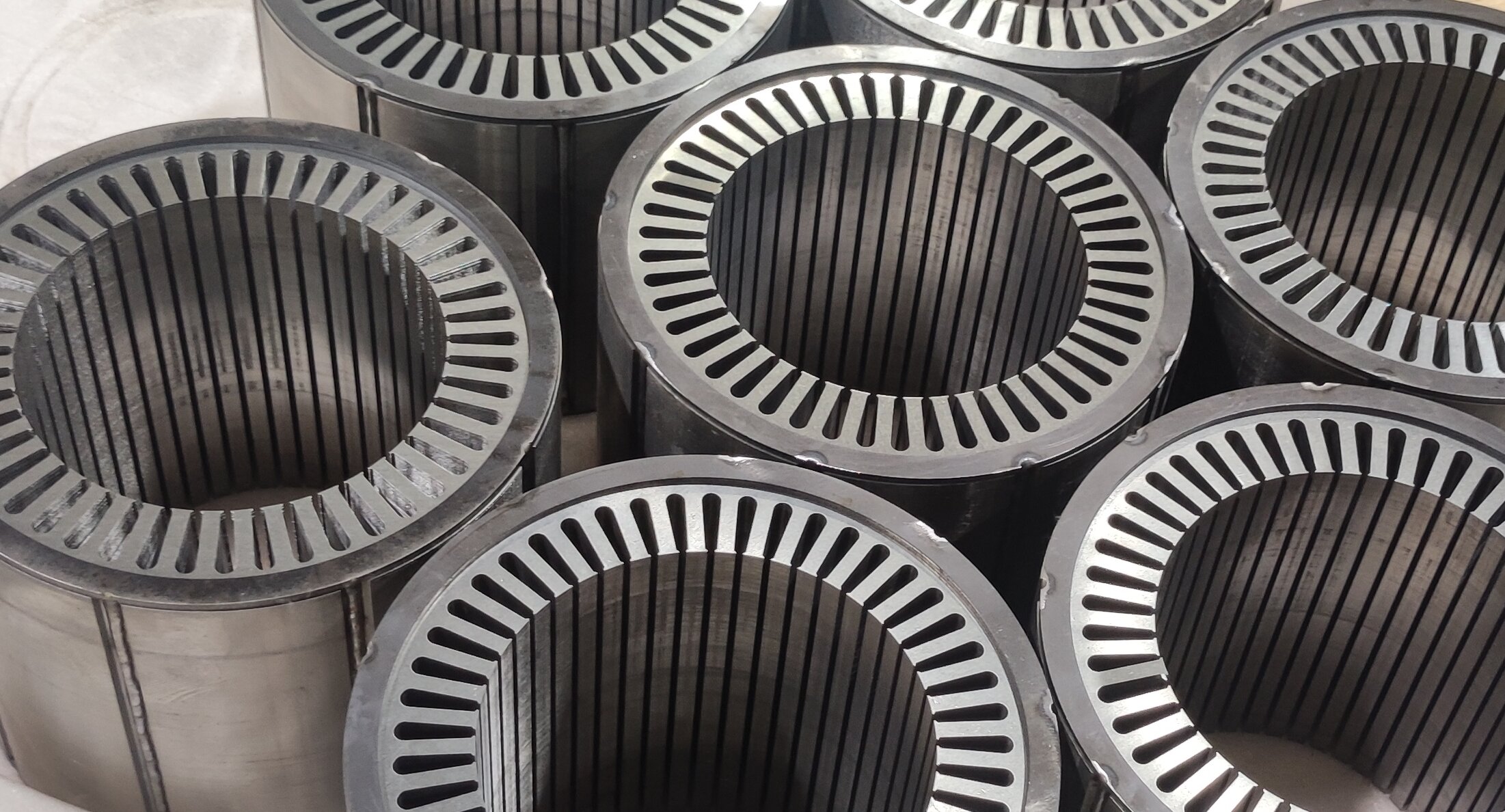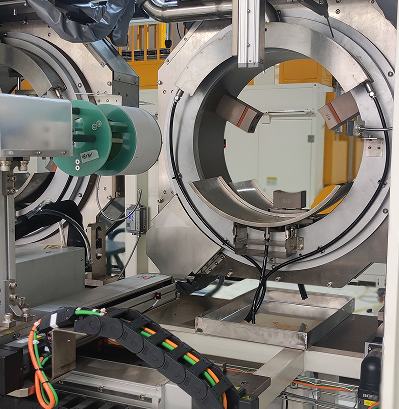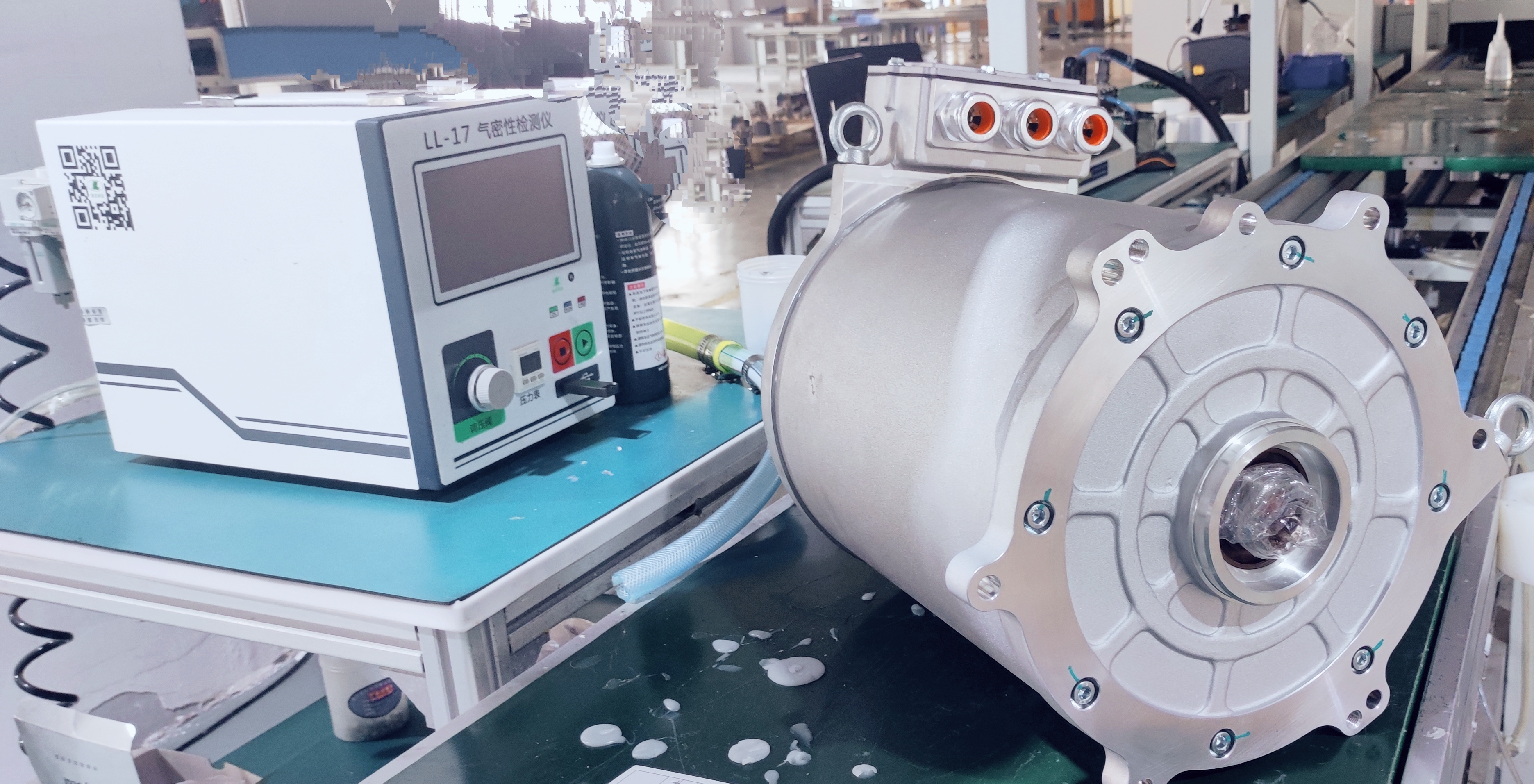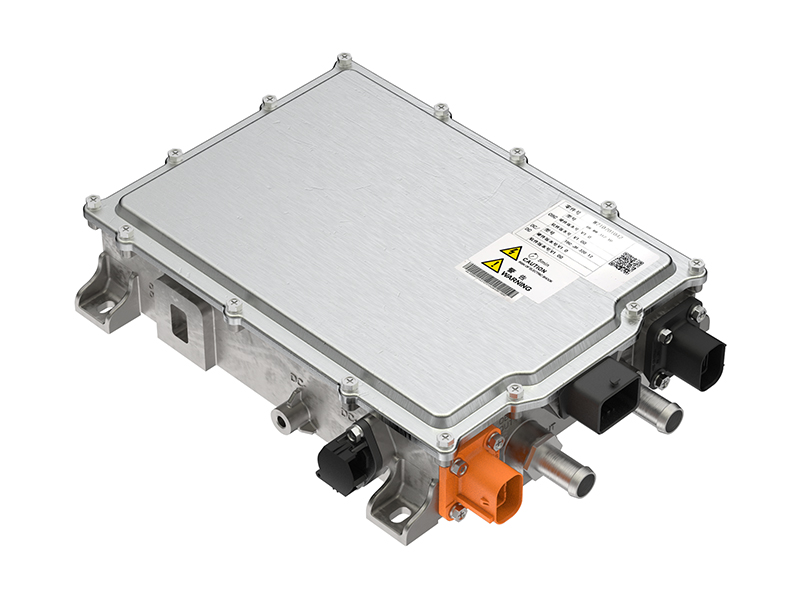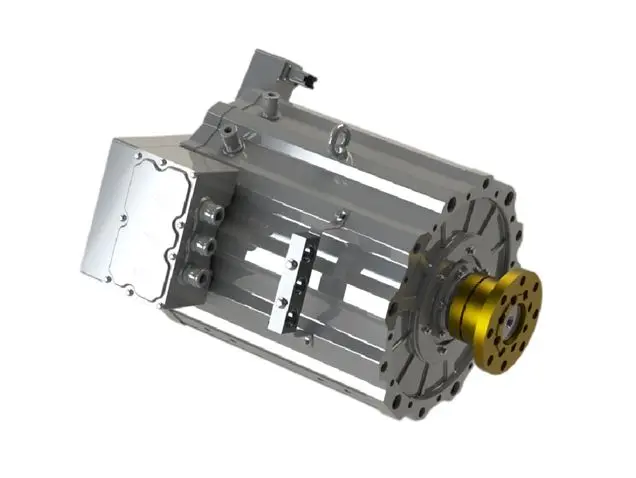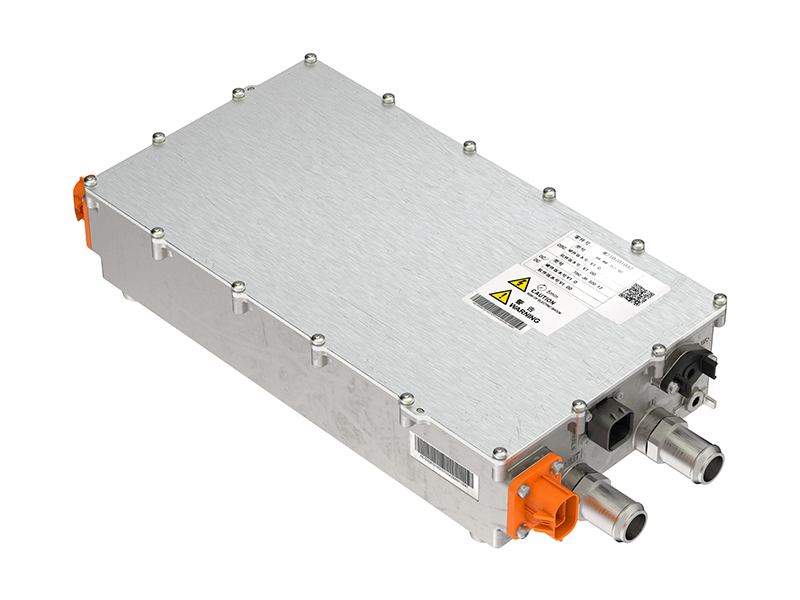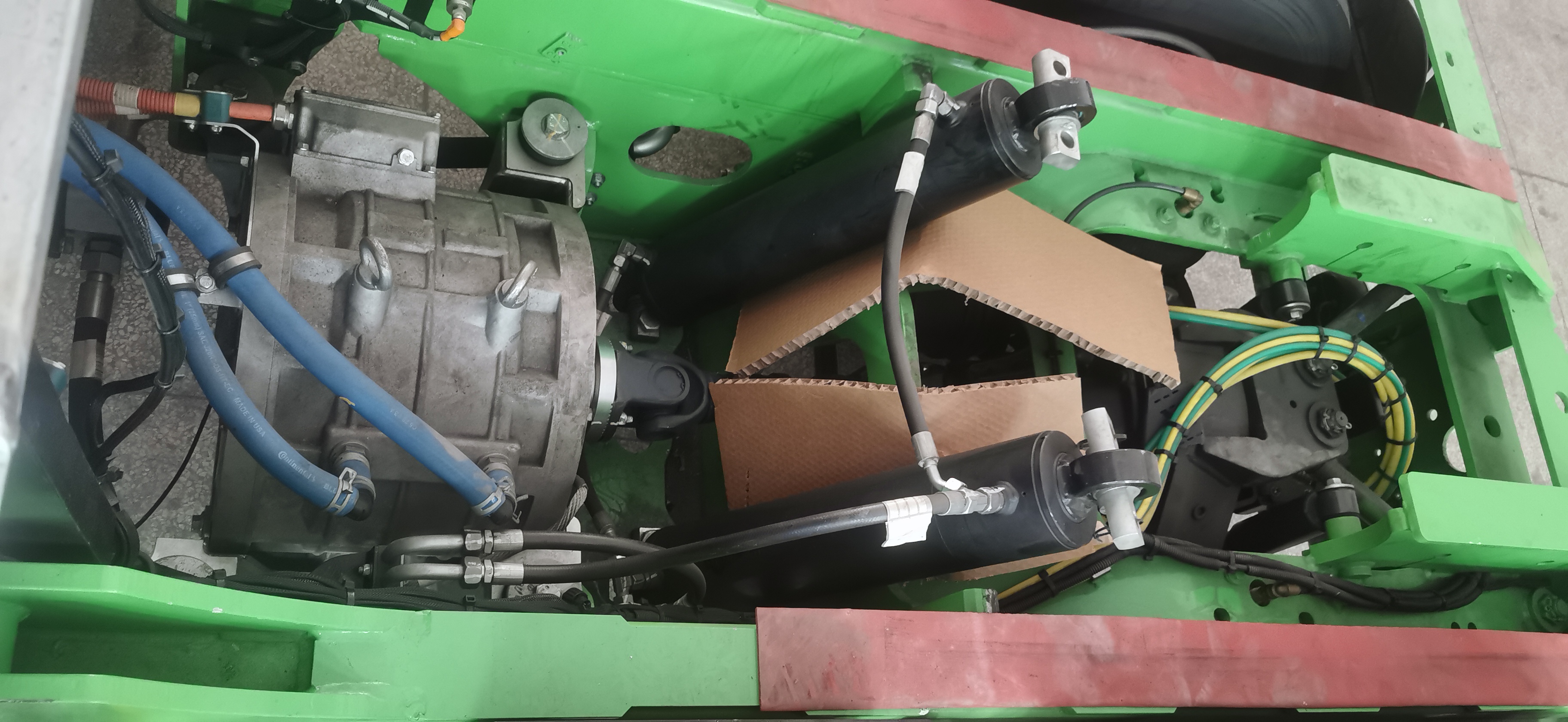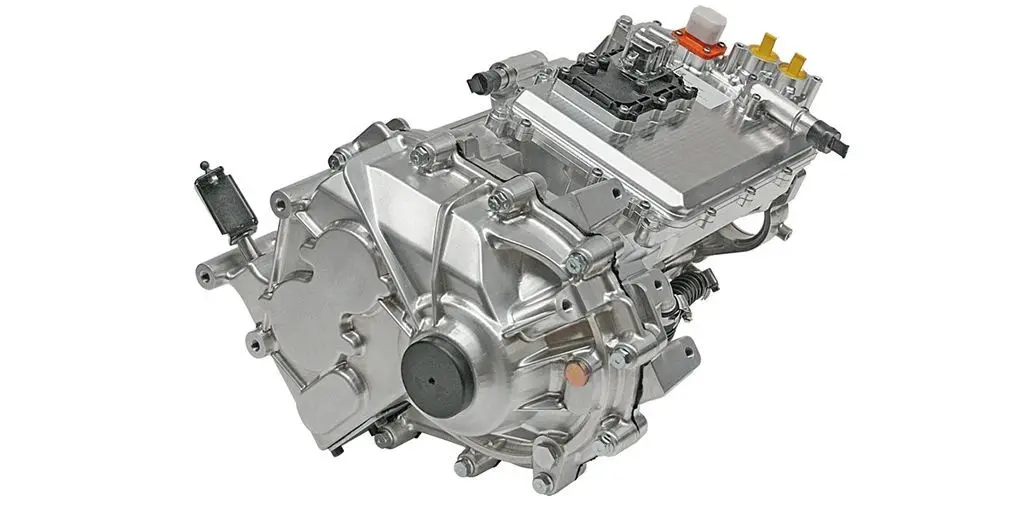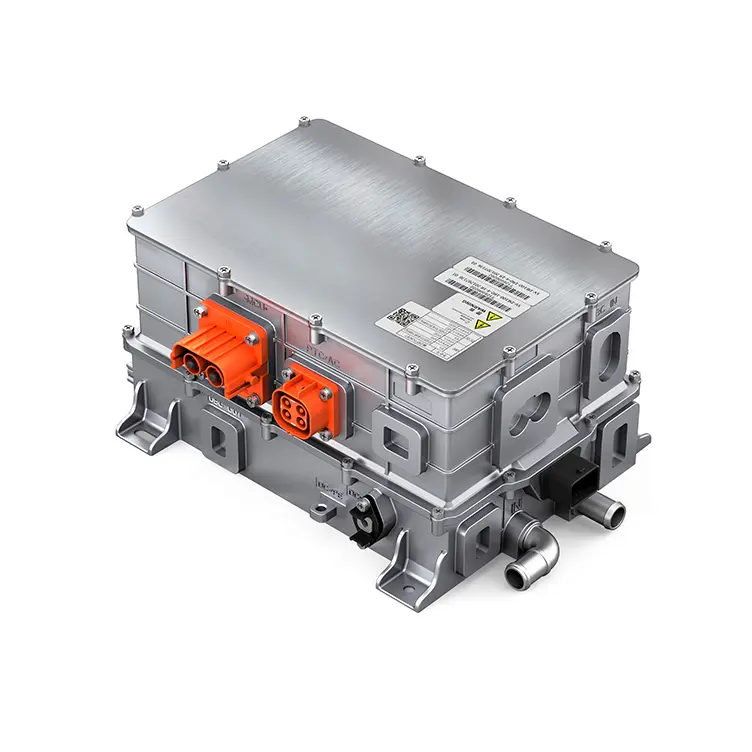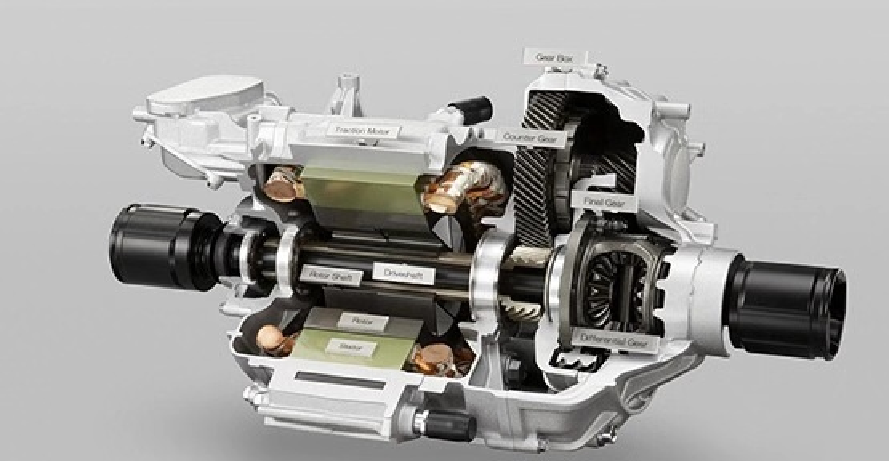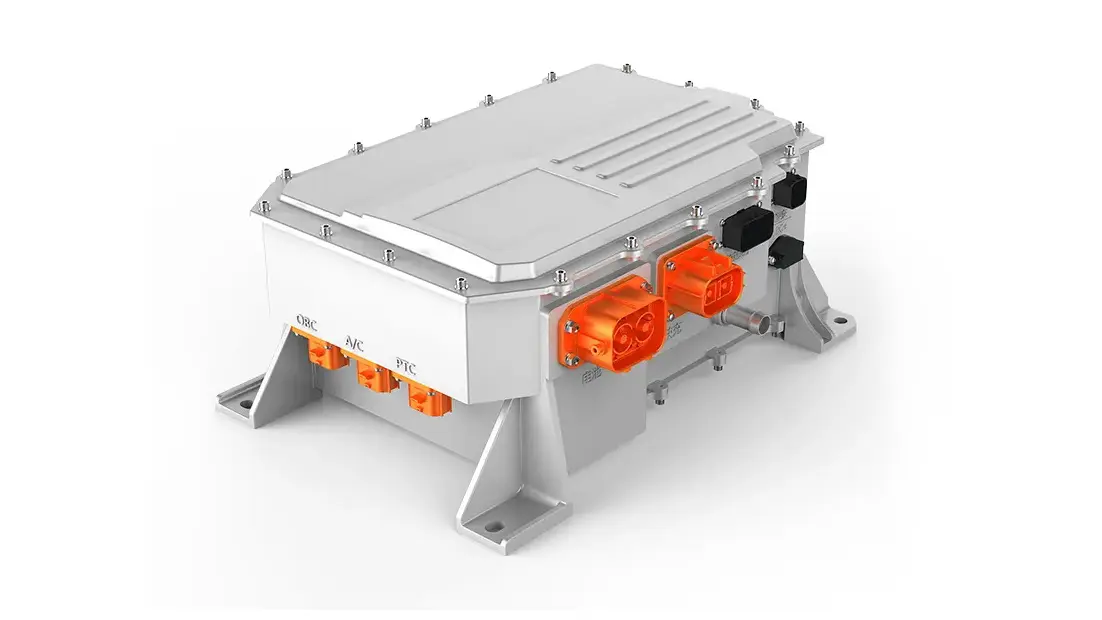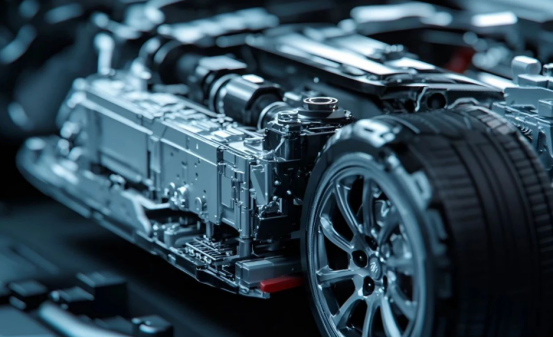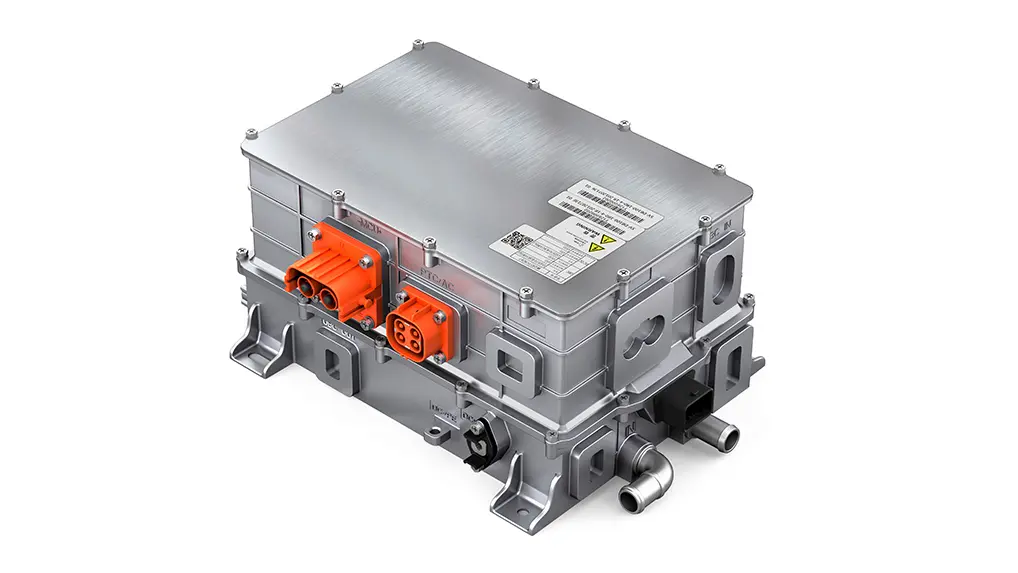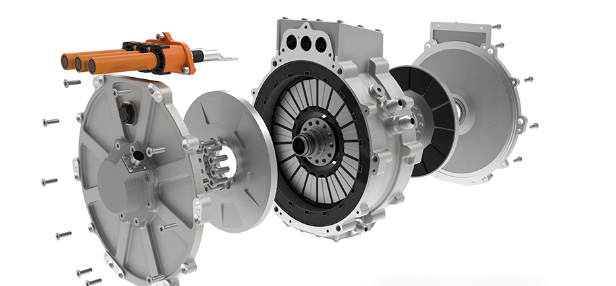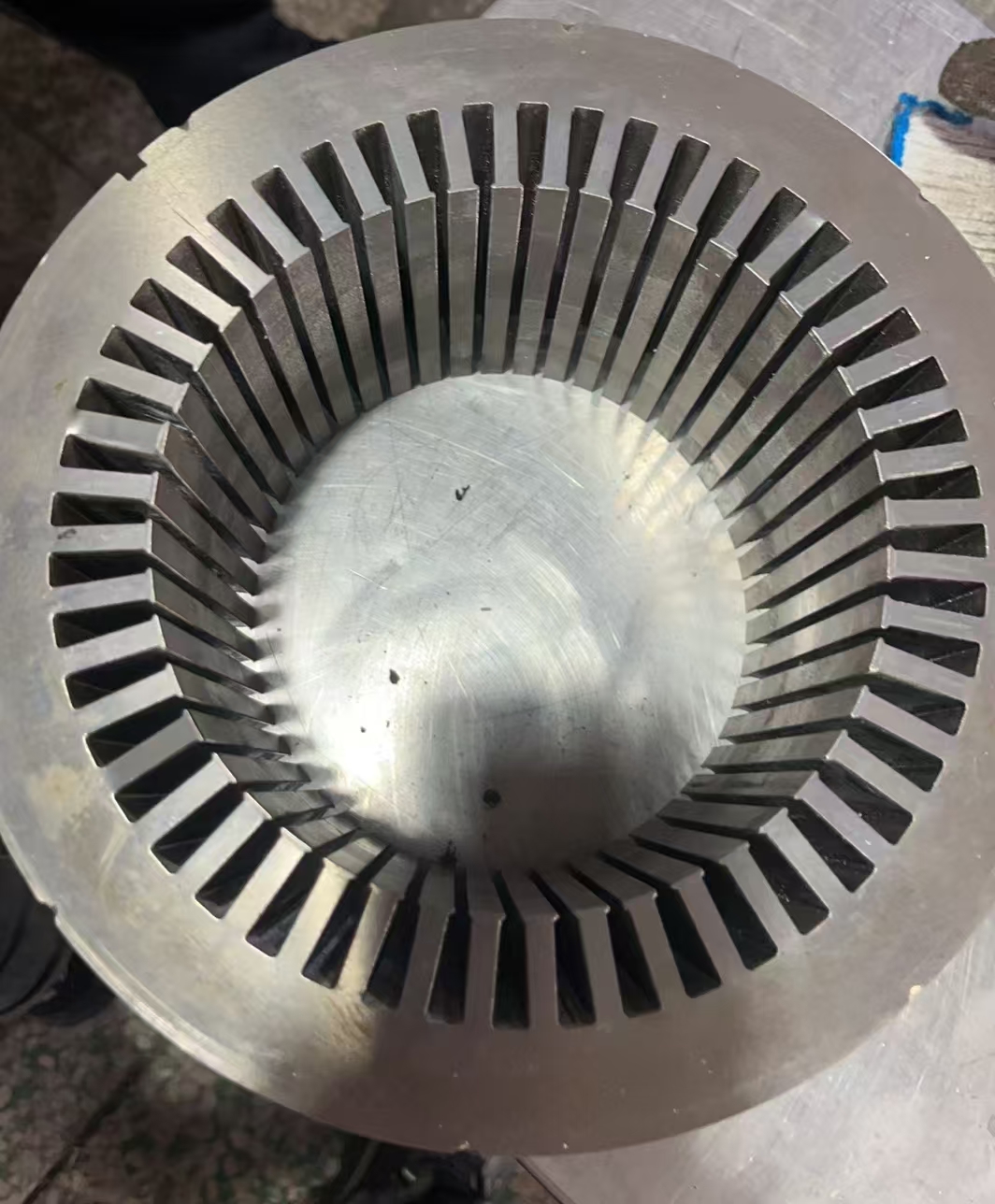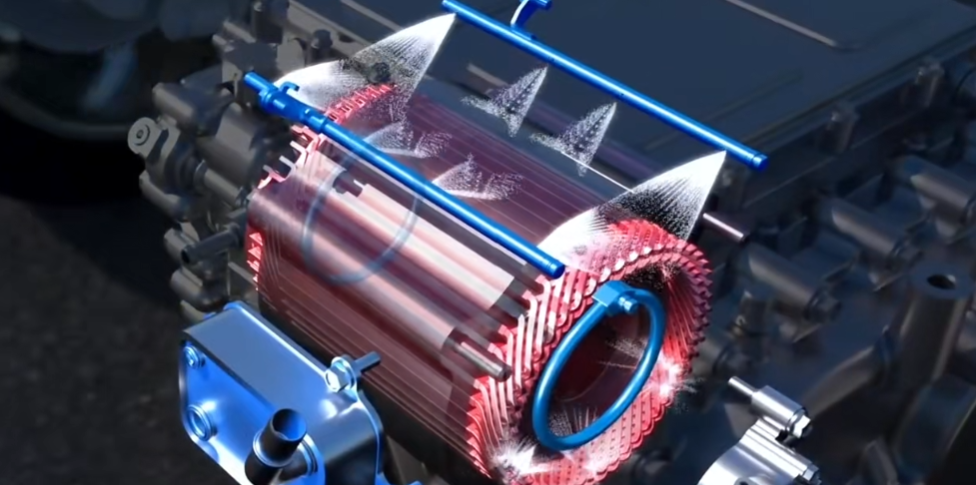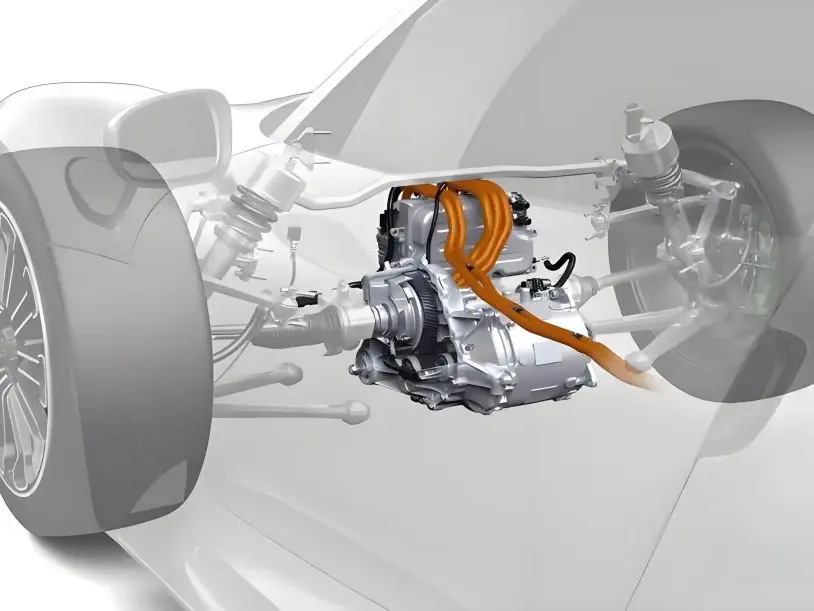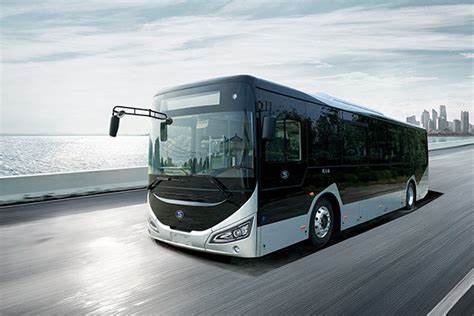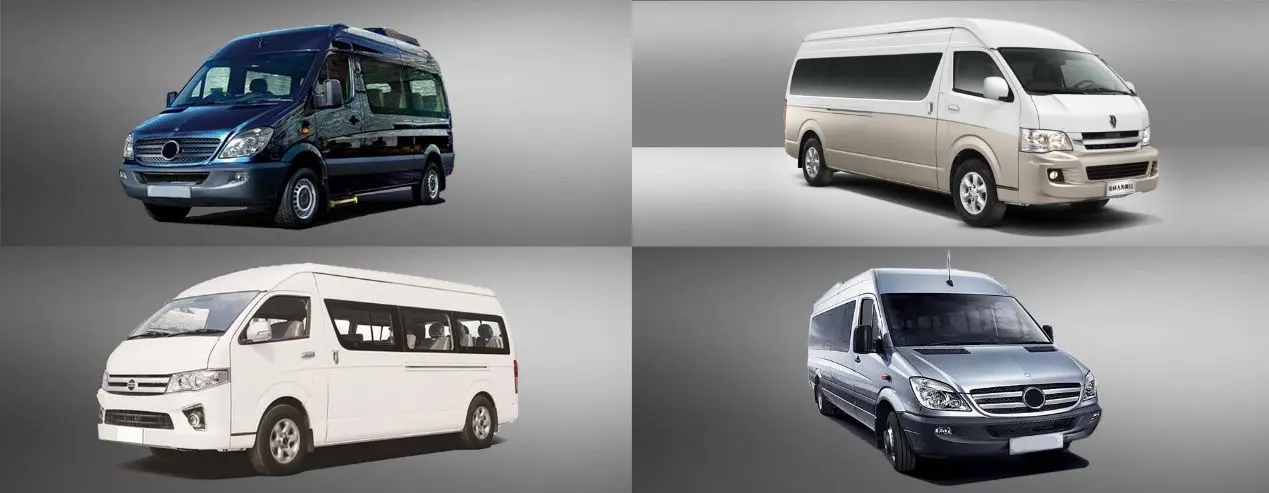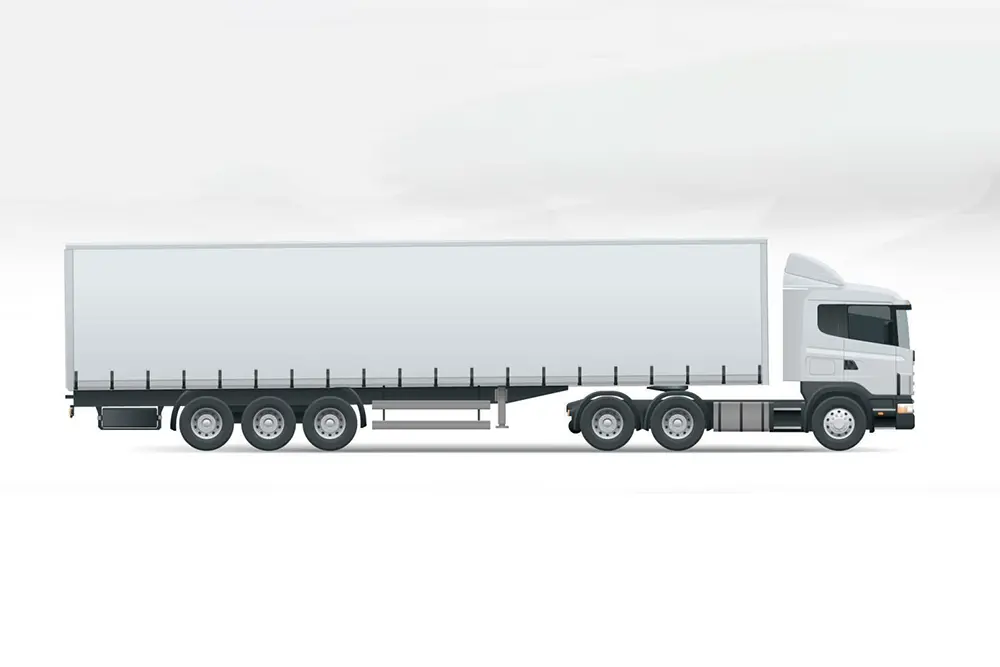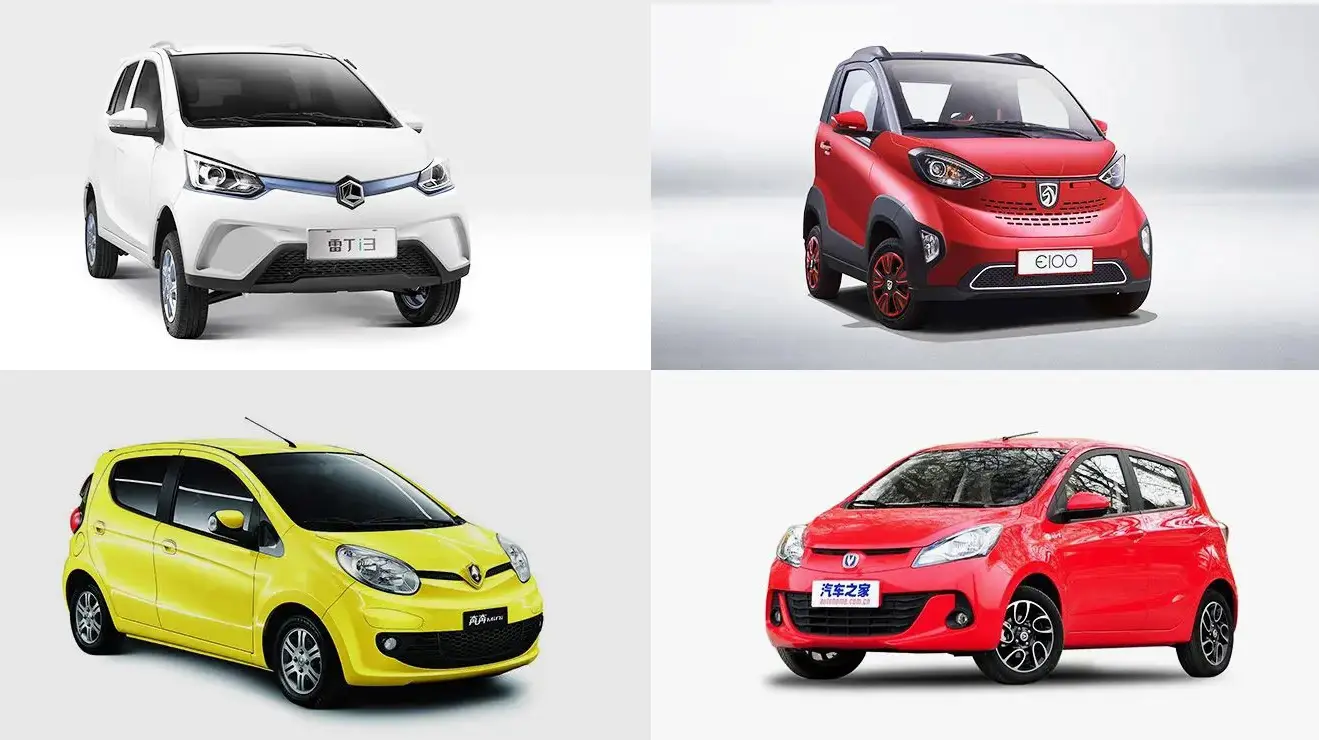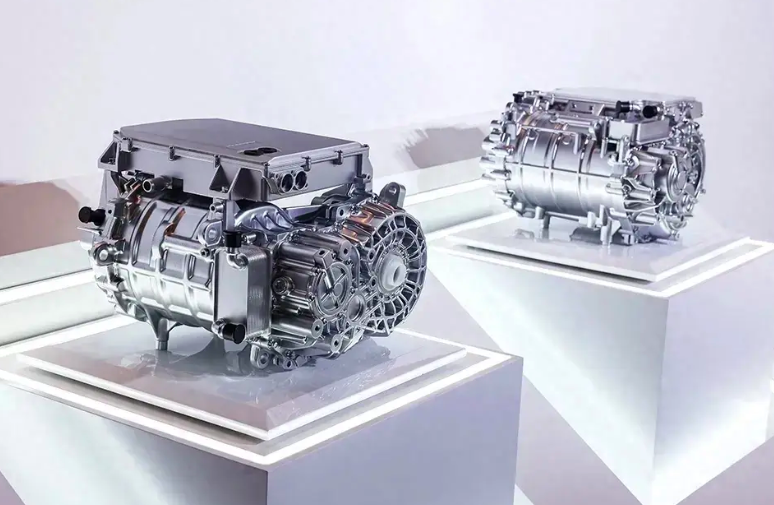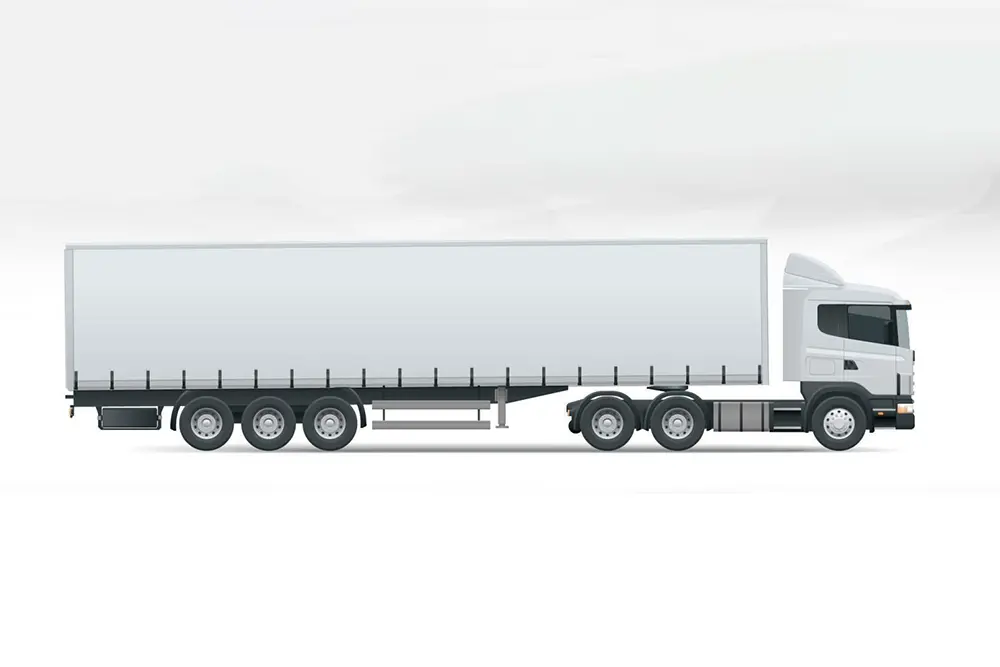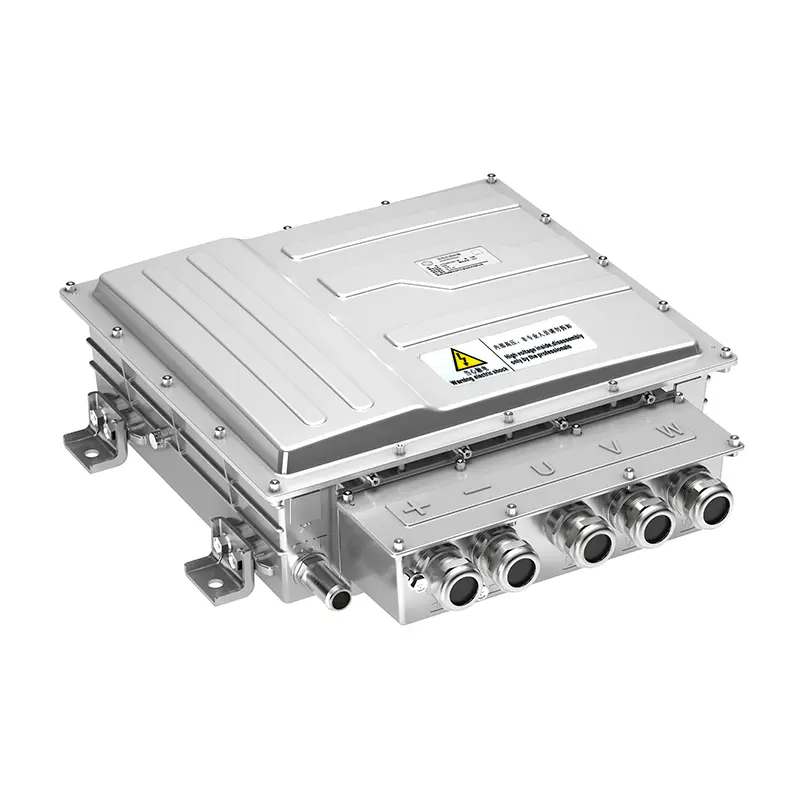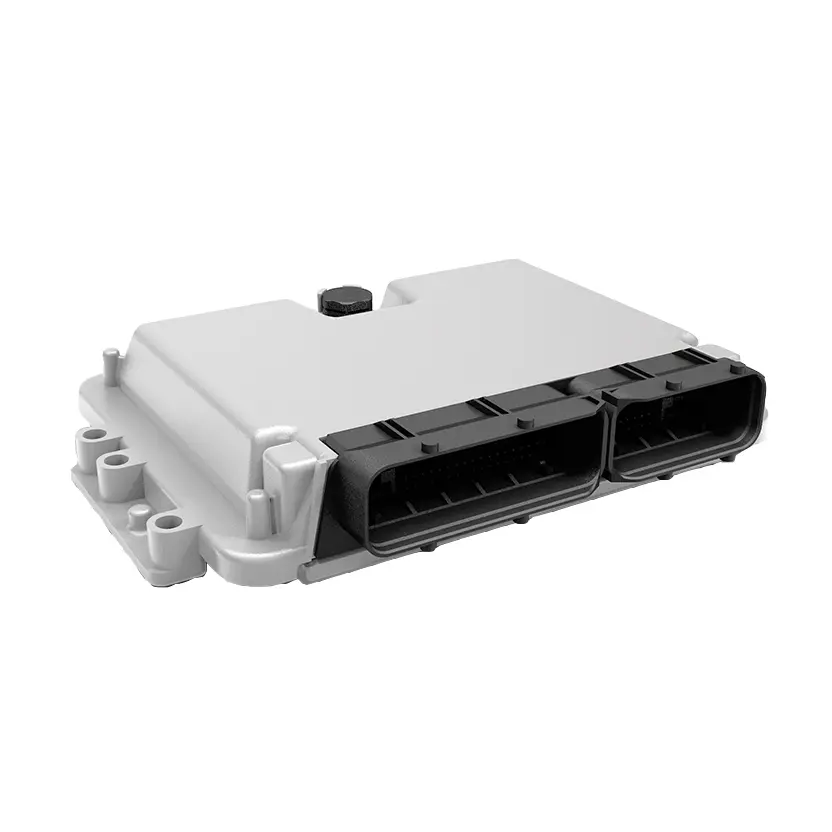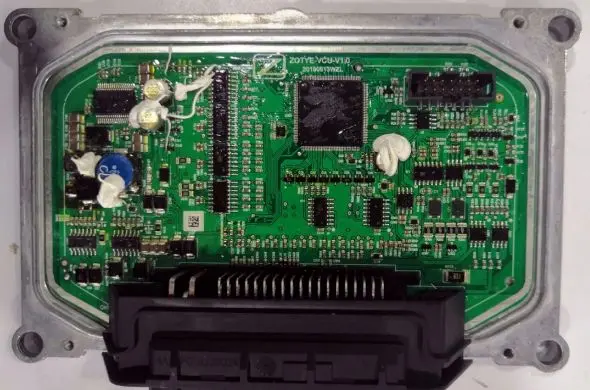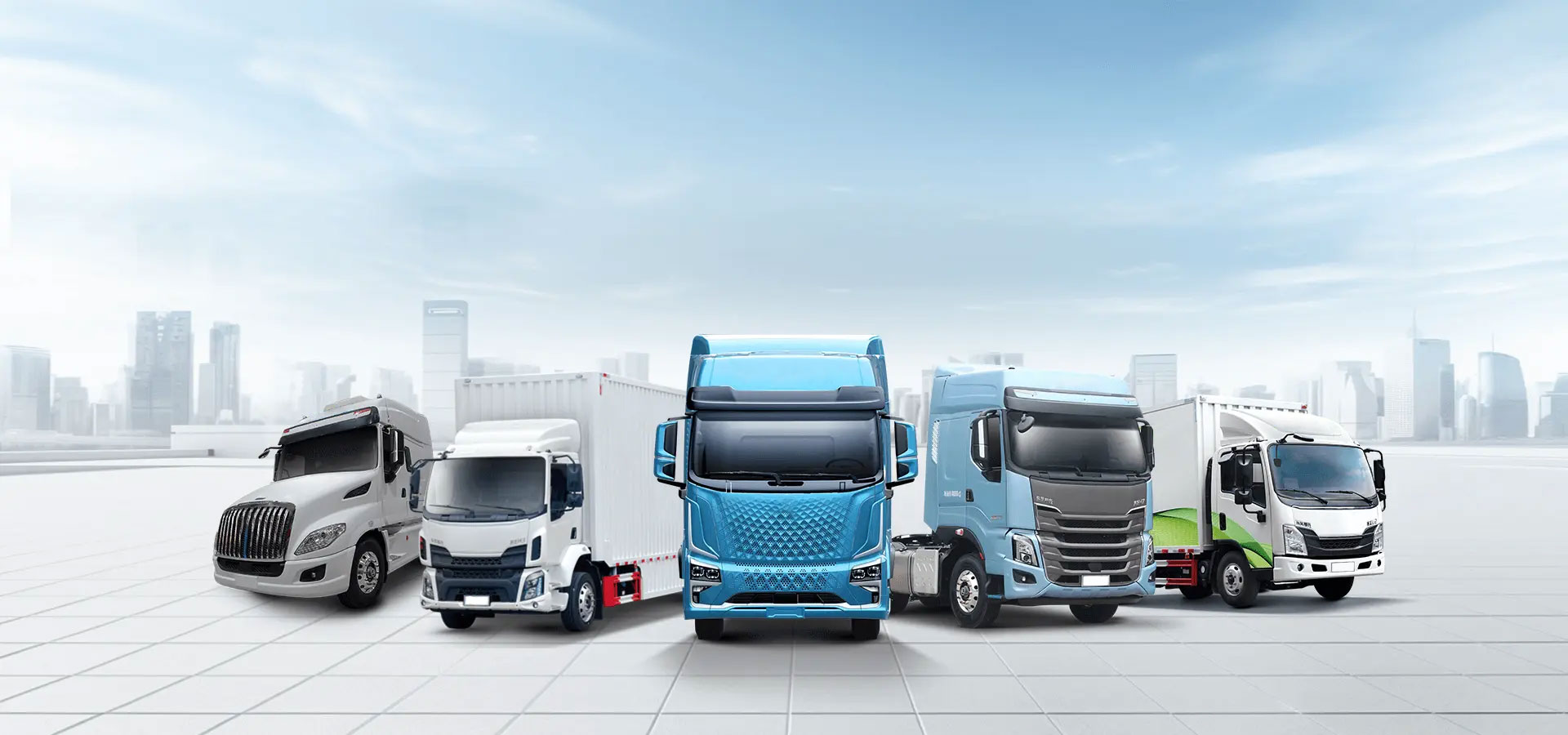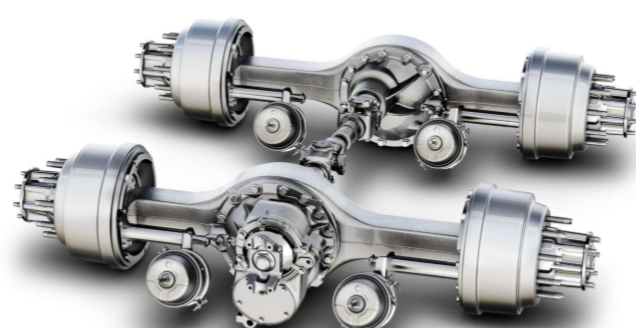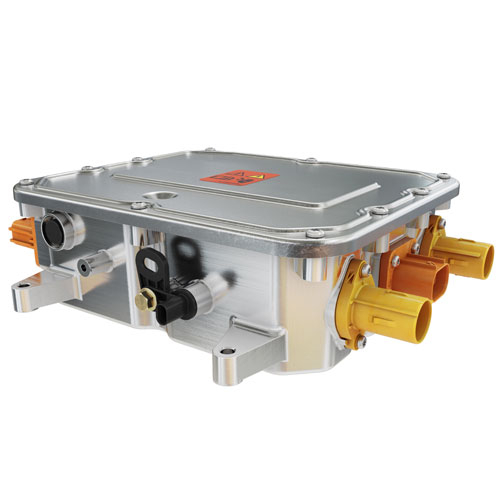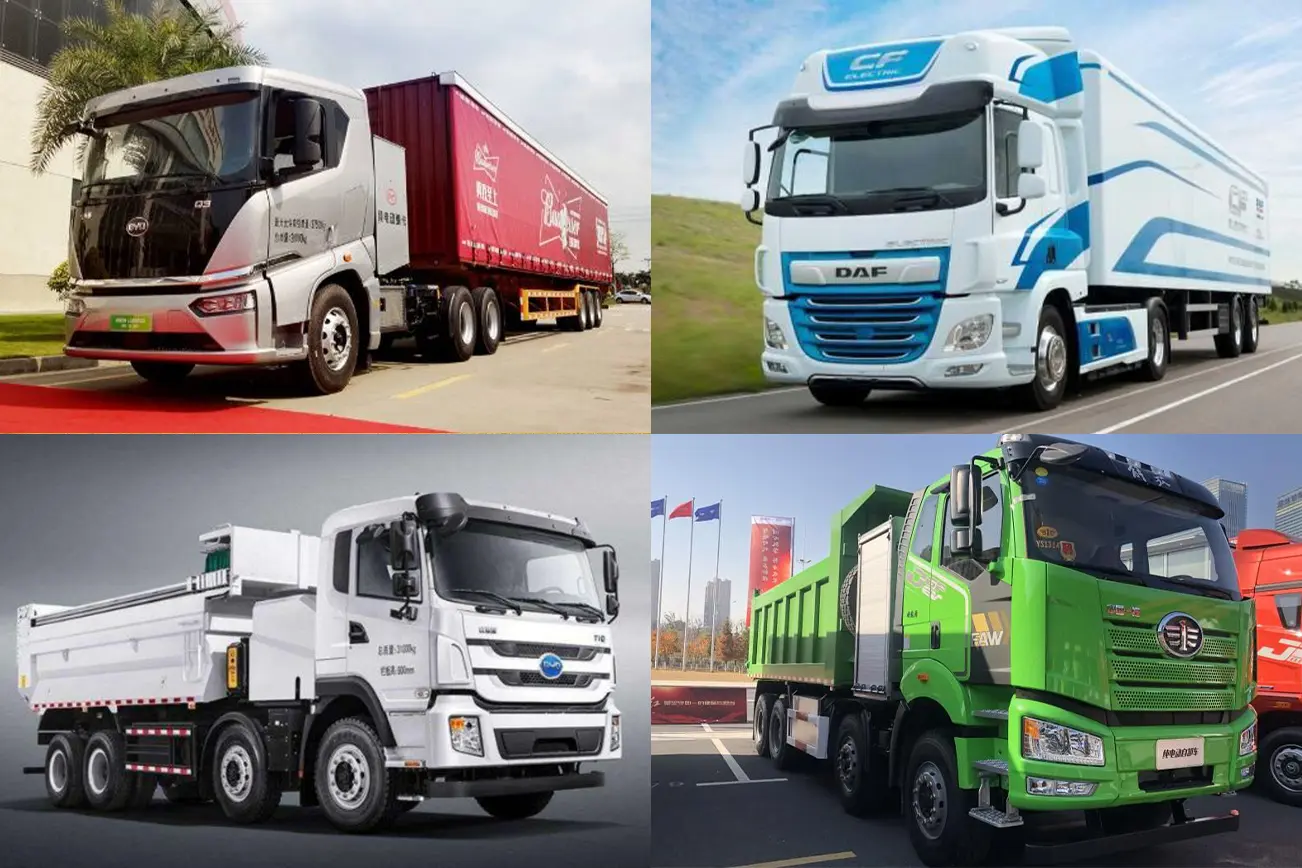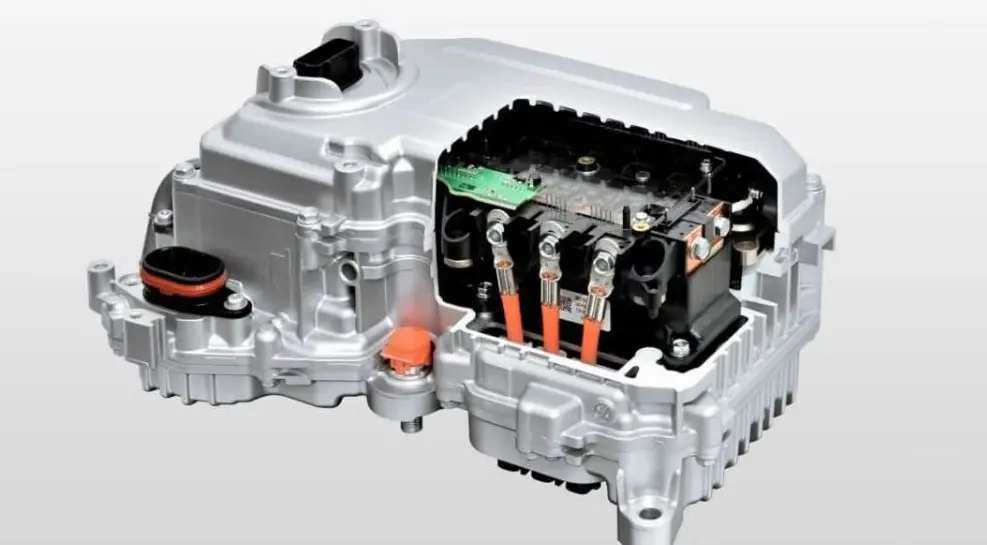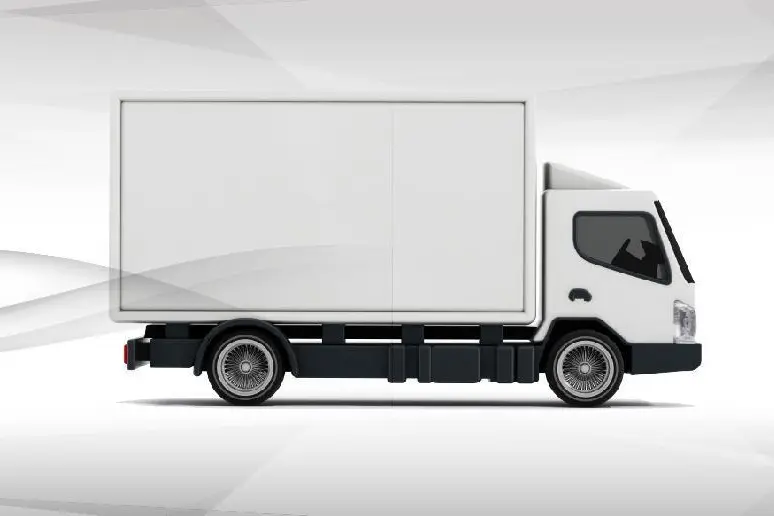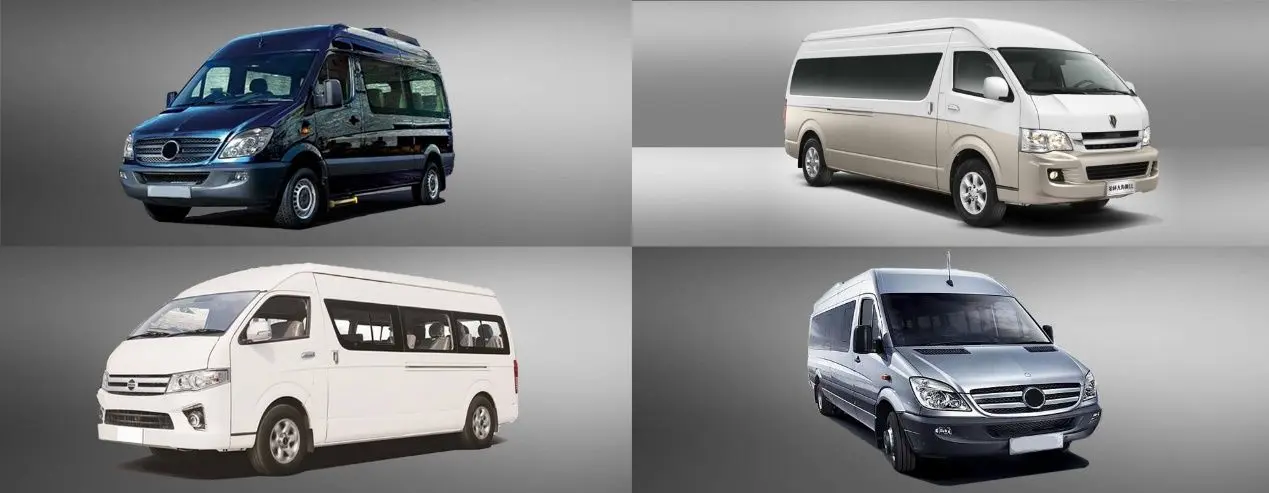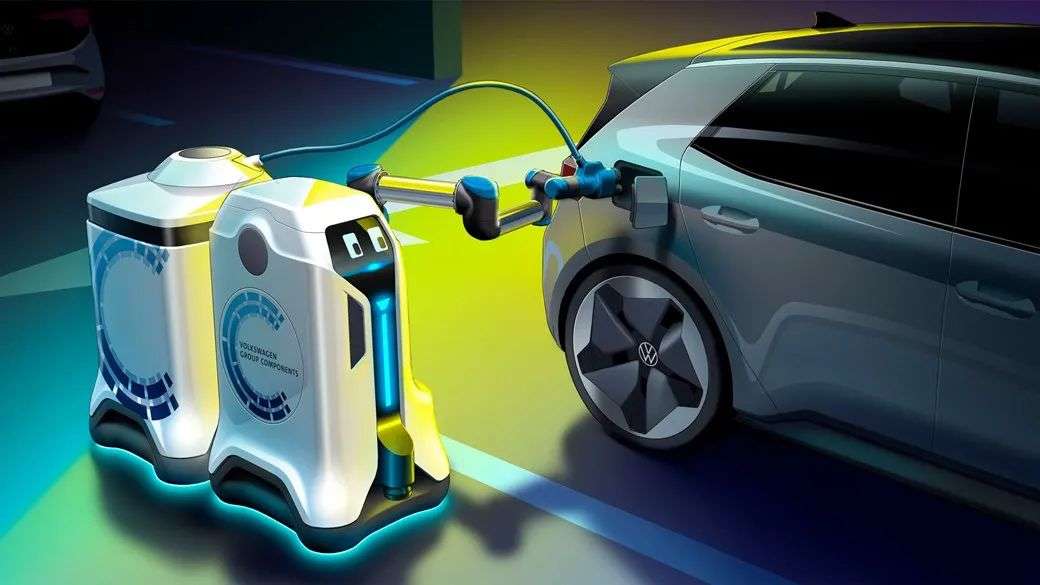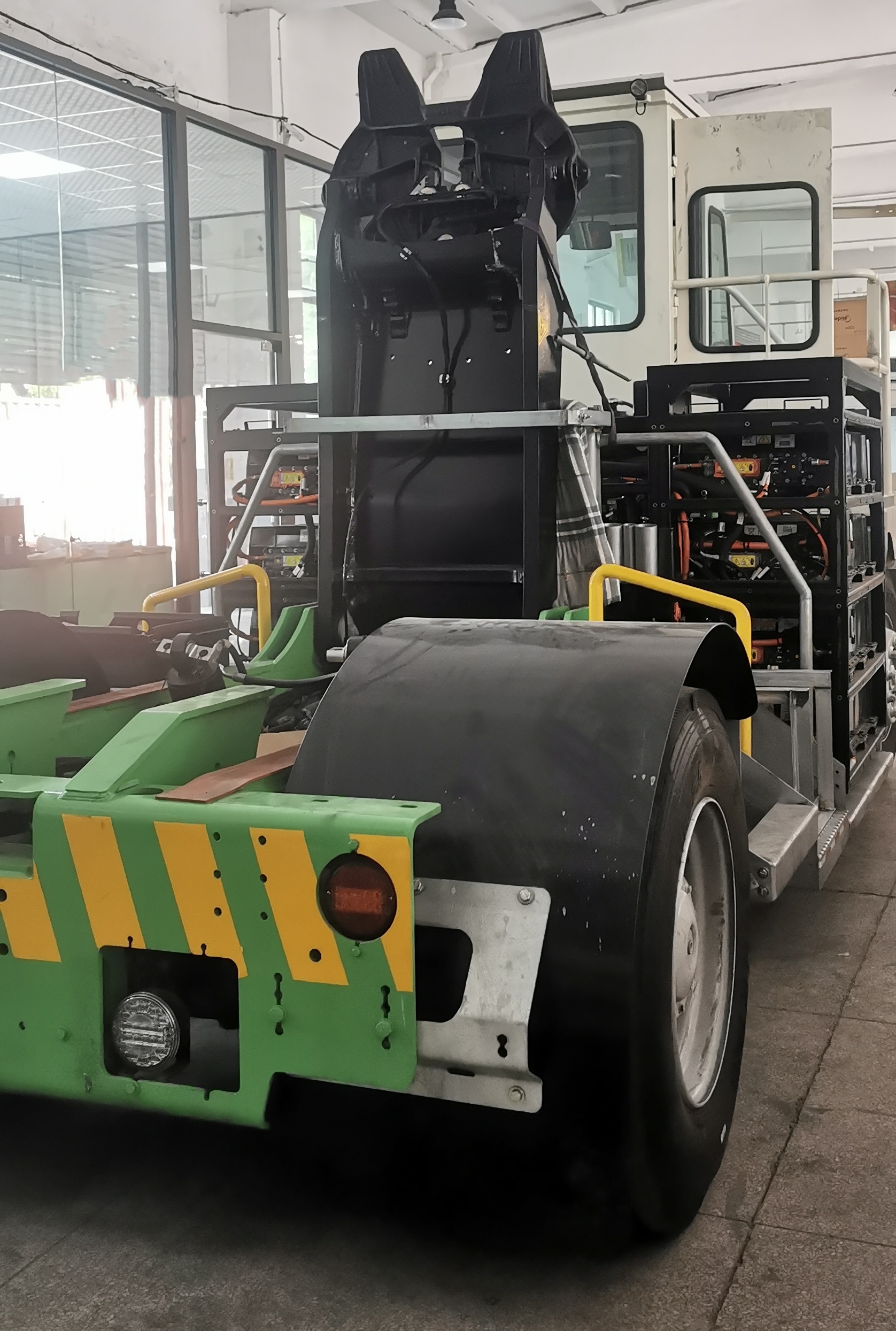What Is The Difference Between VCU and ECU?
Introduction
As the automotive industry advances toward electrification, the internal architecture of vehicles is undergoing a massive transformation. Traditional cars, which rely heavily on internal combustion engines (ICE), are built with decentralized systems managed by numerous Electronic Control Units (ECUs). However, electric vehicles (EVs) have introduced new requirements for real-time coordination, energy management, and software-defined behavior. To meet these demands, a new type of control system has emerged — the Vehicle Control Unit (VCU).
While both ECUs and VCUs are essential for modern vehicles, their roles, functions, and significance differ significantly, especially within the context of EVs. This blog explores the distinctions between a Vehicle Control Unit and an Electronic Control Unit, with an emphasis on their roles in EVs. We will also delve into how these components impact vehicle performance, energy efficiency, safety, and future trends in vehicle electronics.
What Is an ECU (Electronic Control Unit)?
An Electronic Control Unit (ECU) is an embedded computer system within a vehicle that manages specific functionalities. Each ECU is typically responsible for a single domain or function within the vehicle. In traditional ICE vehicles, you might find ECUs that manage the engine (Engine Control Module - ECM), the transmission (Transmission Control Module - TCM), or the braking system (Brake Control Module - BCM).
Key Functions of ECUs:
- Engine management: Controls fuel injection, ignition timing, air intake, and emissions.
- Transmission control: Manages gear shifts, clutch engagement, and torque distribution.
- Airbag system: Deploys airbags in response to sensor inputs during collisions.
- ABS (Anti-lock Braking System): Prevents wheels from locking during hard braking.
- Infotainment and Navigation: Handles multimedia, GPS, and user interface.
Features:
- Modular Architecture: Each ECU operates independently, allowing for easier component replacement.
- Real-time Processing: Uses sensor data to perform calculations and take immediate actions.
- Wired Communication: Communicates with other ECUs through CAN, LIN, or FlexRay protocols.
In ICE vehicles, the average number of ECUs can range from 70 to 100. While this modularity has its advantages, it can lead to complex wiring and increased system weight.
What Is a VCU (Vehicle Control Unit)?
A Vehicle Control Unit (VCU) is a centralized control system specifically designed for electric and hybrid vehicles. Unlike traditional ECUs, which operate independently, the VCU oversees and integrates the operation of multiple subsystems within the vehicle. It plays a pivotal role in energy efficiency, motor coordination, and overall vehicle performance.
Key Functions of a VCU in EVs:
- Torque Management: Determines how much power the electric motor should deliver based on driver input and driving conditions.
- Battery Coordination: Works closely with the Battery Management System (BMS) to monitor charge, temperature, and voltage.
- Regenerative Braking: Controls the capture of kinetic energy and conversion into electrical energy during braking.
- Thermal Management: Regulates cooling systems for the motor, battery, and other electronic components.
- Charging Management: Interfaces with the on-board charger and external charging stations.
Features:
- Centralized Control: Integrates various functions for more efficient data handling and decision-making.
- EV-Specific Software: Contains complex algorithms for power distribution, energy regeneration, and fault detection.
- Communication Hub: Serves as the central node in the vehicle's electronic network.
In essence, a VCU is like a general manager who ensures all departments (motor, battery, brakes) work in harmony to deliver a safe, efficient, and enjoyable driving experience.
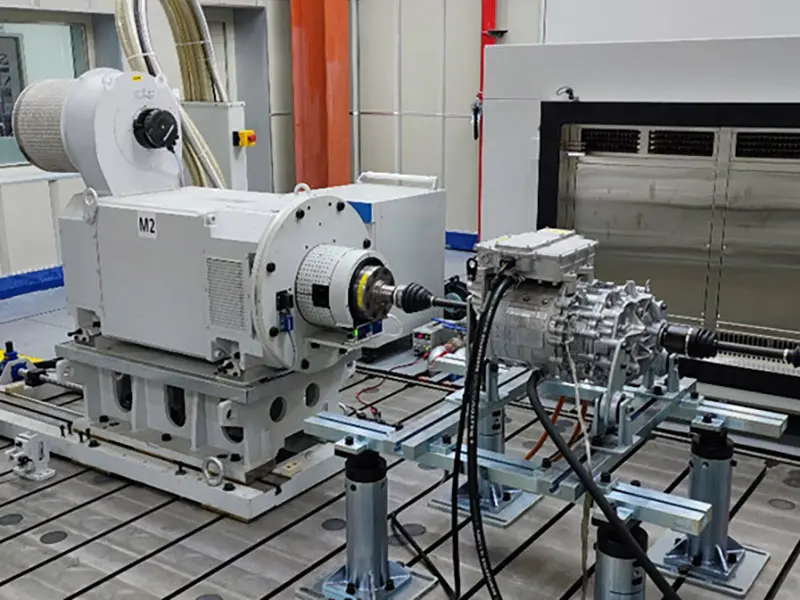
Key Differences Between VCU and ECU
While both VCUs and ECUs are critical to vehicle operation, they differ fundamentally in architecture, purpose, and application.
|
Feature |
ECU |
VCU |
|
Primary Use |
All vehicles (ICE, hybrid, EV) |
Mostly EVs and hybrids |
|
Control Scope |
Specific components |
Entire vehicle system |
|
Architecture |
Decentralized |
Centralized or semi-centralized |
|
Functionality |
Narrow (engine, brake, etc.) |
Broad (motor, battery, thermal, etc.) |
|
Real-Time Management |
Reactive |
Predictive and adaptive |
|
Energy Optimization |
Limited |
Critical role in range and efficiency |
|
Software Complexity |
Moderate |
High, includes AI/ML in some cases |
In traditional vehicles, ECUs are essential for isolated functionality. In contrast, the VCU in an electric vehicle acts as a master controller, integrating and harmonizing all subsystems for optimized performance.
How VCUs Work in Electric Vehicles
A Vehicle Control Unit in EVs is a highly integrated component that performs real-time management of all vehicle systems. Here’s a detailed breakdown of its operation:
a. Powertrain Control
When the driver presses the accelerator pedal, the VCU calculates the torque request and sends the command to the inverter, which drives the electric motor. This must happen instantly and adapt to changes in terrain, load, or battery state.
b. Battery and Energy Management
The VCU communicates continuously with the BMS to:
- Monitor battery health (State of Health - SOH)
- Estimate available energy (State of Charge - SOC)
- Balance cell voltages
- Adjust charging rates
c. Regenerative Braking
By converting kinetic energy back into stored energy in the battery during deceleration, the VCU helps extend the vehicle's range. It determines the optimal blend between mechanical and regenerative braking.
d. Thermal Regulation
Electric motors and lithium-ion batteries are sensitive to temperature. The VCU activates cooling or heating systems as required, ensuring components operate within safe limits.
e. Safety Functions
The VCU includes diagnostic and fault-tolerant mechanisms. It can detect anomalies and initiate protective measures such as limiting power, issuing warnings, or safely shutting down the vehicle.
Importance of the Electric Vehicle Control Unit
The Electric Vehicle Control Unit is vital for the proper functioning and efficiency of modern electric vehicles. Its centralized intelligence ensures optimal usage of energy, better coordination of subsystems, and higher safety standards.
Key Benefits:
- Improved Efficiency: Intelligent control strategies reduce energy loss and increase range.
- Reduced Complexity: Centralized management minimizes the need for dozens of separate ECUs.
- Enhanced Safety: Real-time monitoring allows for proactive failure management.
- Smarter User Experience: Adaptive features like drive modes, torque vectoring, and regenerative braking customization are enabled.
- Connectivity:Supports vehicle-to-grid (V2G), vehicle-to-home (V2H), and vehicle-to-infrastructure (V2X) communication.
VCUs are essentially what make smart, efficient, and safe electric driving possible.
Do EVs Still Use ECUs?
Despite the prominence of VCUs in EVs, ECUs have not been rendered obsolete. Many ECUs still coexist with the VCU to manage individual functions that do not necessarily require central coordination.
Examples of ECUs Still Used in EVs:
- Airbag Control Module
- Infotainment System ECU
- Climate Control ECU
- ADAS ECU (Advanced Driver Assistance Systems)
- Lighting Control ECU
Integration with VCU:
The VCU serves as the central hub, while other ECUs operate like specialized nodes.
This hybrid architecture provides flexibility and redundancy.
As vehicles move toward greater software definition, more functions may be consolidated into the VCU or higher-order computing units. However, for now, ECUs remain a vital part of the automotive landscape.

Future Trends in Vehicle Control Systems
Vehicle control systems are evolving rapidly, driven by advancements in electronics, software, and connectivity. Here are some of the future trends that will define the next generation of vehicle control units:
a. Zonal Architectures
Instead of function-specific ECUs, vehicles are being designed with zone-based control units (e.g., front zone, rear zone). Each zone handles multiple functionalities, reducing wiring complexity and enhancing reliability.
b. Software-Defined Vehicles (SDVs)
Control units like the VCU are becoming platforms for software updates. Over-the-air (OTA) updates allow manufacturers to fix bugs, add features, or enhance performance without physical intervention.
c. AI and Machine Learning
Future VCUs may use AI to analyze driving patterns, predict maintenance needs, or optimize battery usage. This shift from reactive to predictive control is transformative.
d. Cybersecurity Focus
As vehicles become connected, VCUs will incorporate advanced security protocols, including encrypted communication and intrusion detection systems, to protect against hacking.
e. Consolidation of ECUs
To reduce cost and weight, automakers are consolidating ECUs. A powerful VCU could replace multiple ECUs, simplifying design and improving communication speed.
Conclusion
The evolution from Electronic Control Units (ECUs) to Vehicle Control Units (VCUs) marks a significant shift in automotive engineering. ECUs are still relevant, particularly for managing specialized systems, but it is the VCU that defines the performance, efficiency, and safety of electric vehicles.
By acting as the centralized brain of the electric vehicle, the Vehicle Control Unit in EV coordinates motor control, battery management, regenerative braking, and more. The electric vehicle control unit is not just a replacement for the ECU — it is a complete upgrade in intelligence, integration, and capability.
As EVs continue to rise in popularity, and as the industry shifts toward autonomy and full connectivity, the role of the VCU will only grow in importance. Understanding the difference between a VCU and an ECU is crucial for anyone involved in the design, manufacture, or use of modern vehicles.











